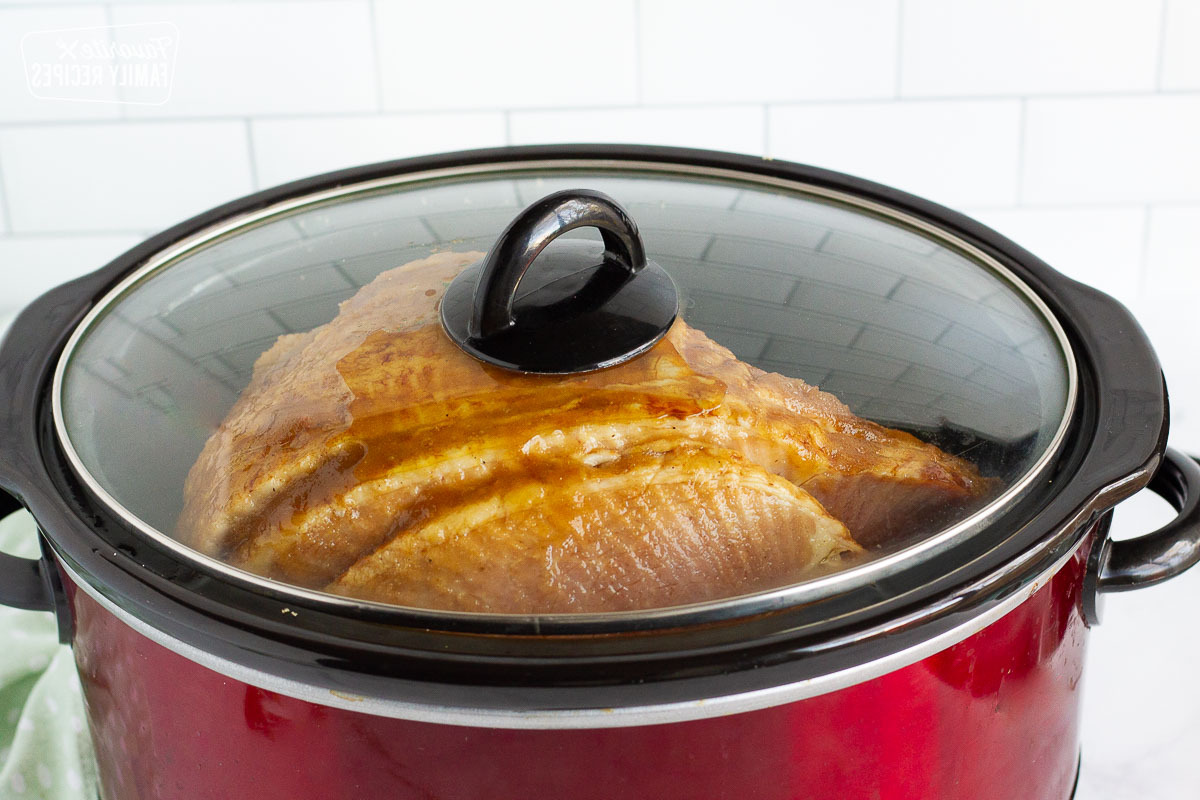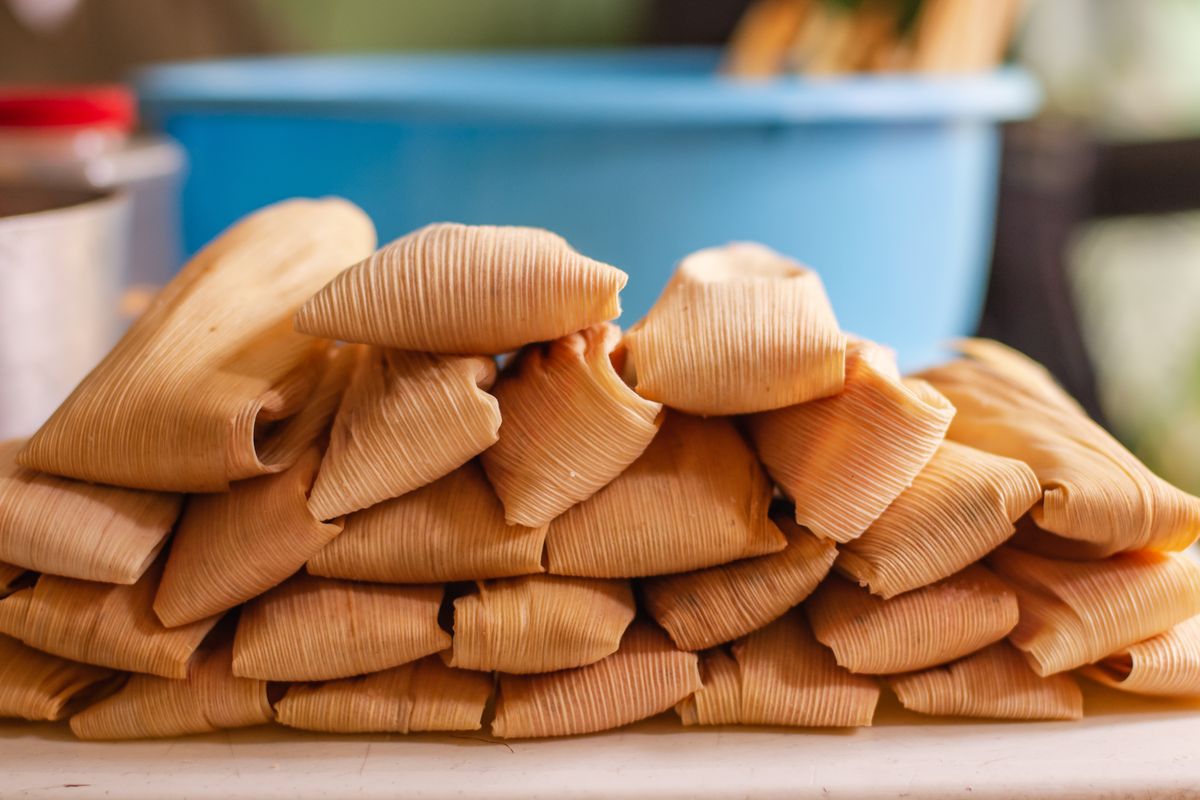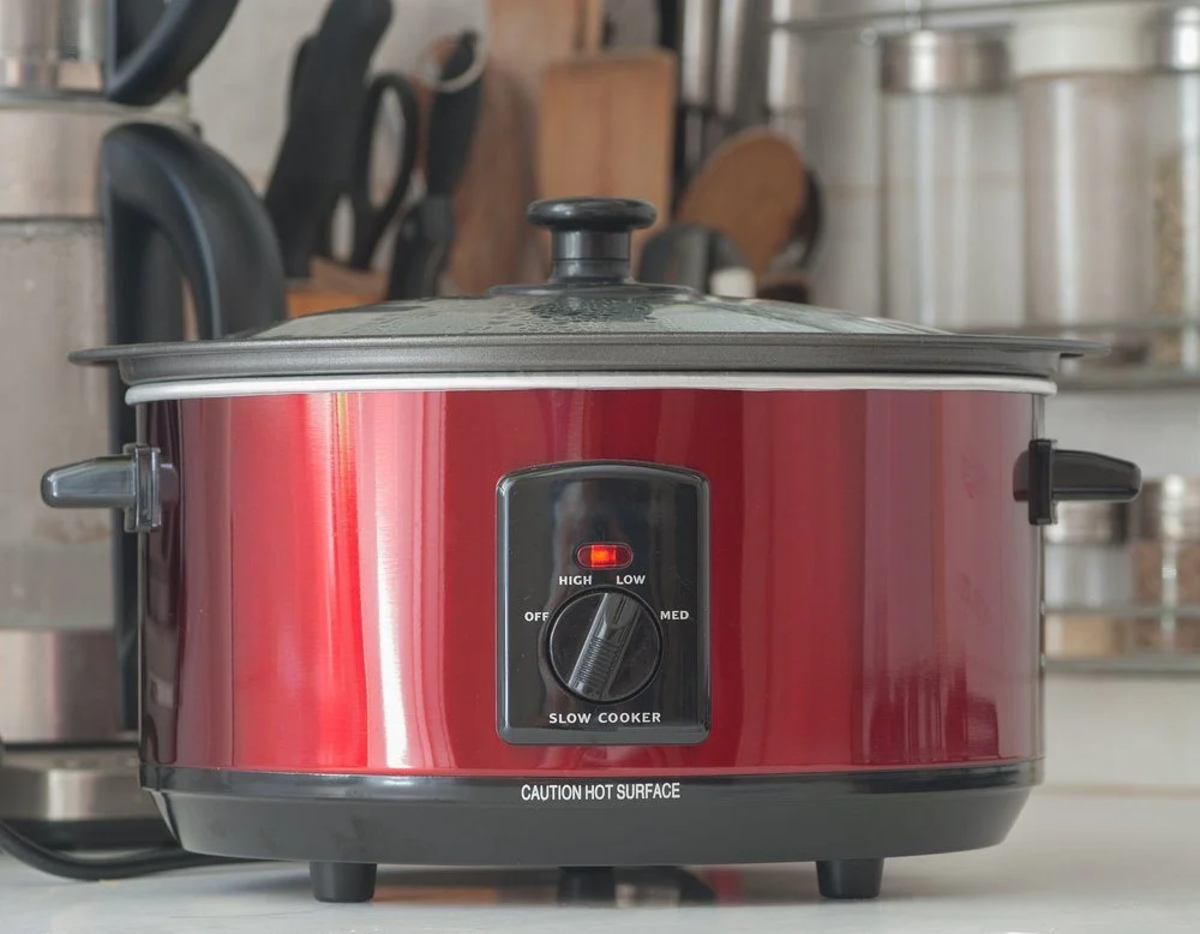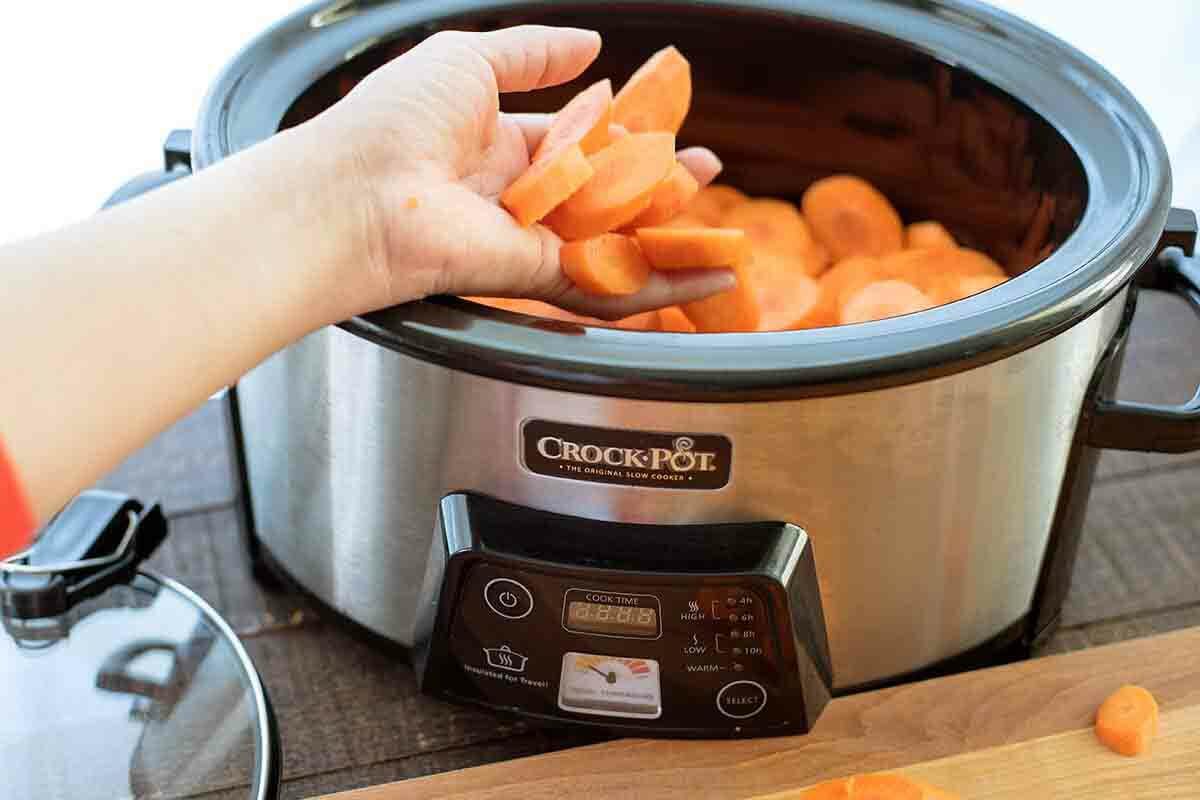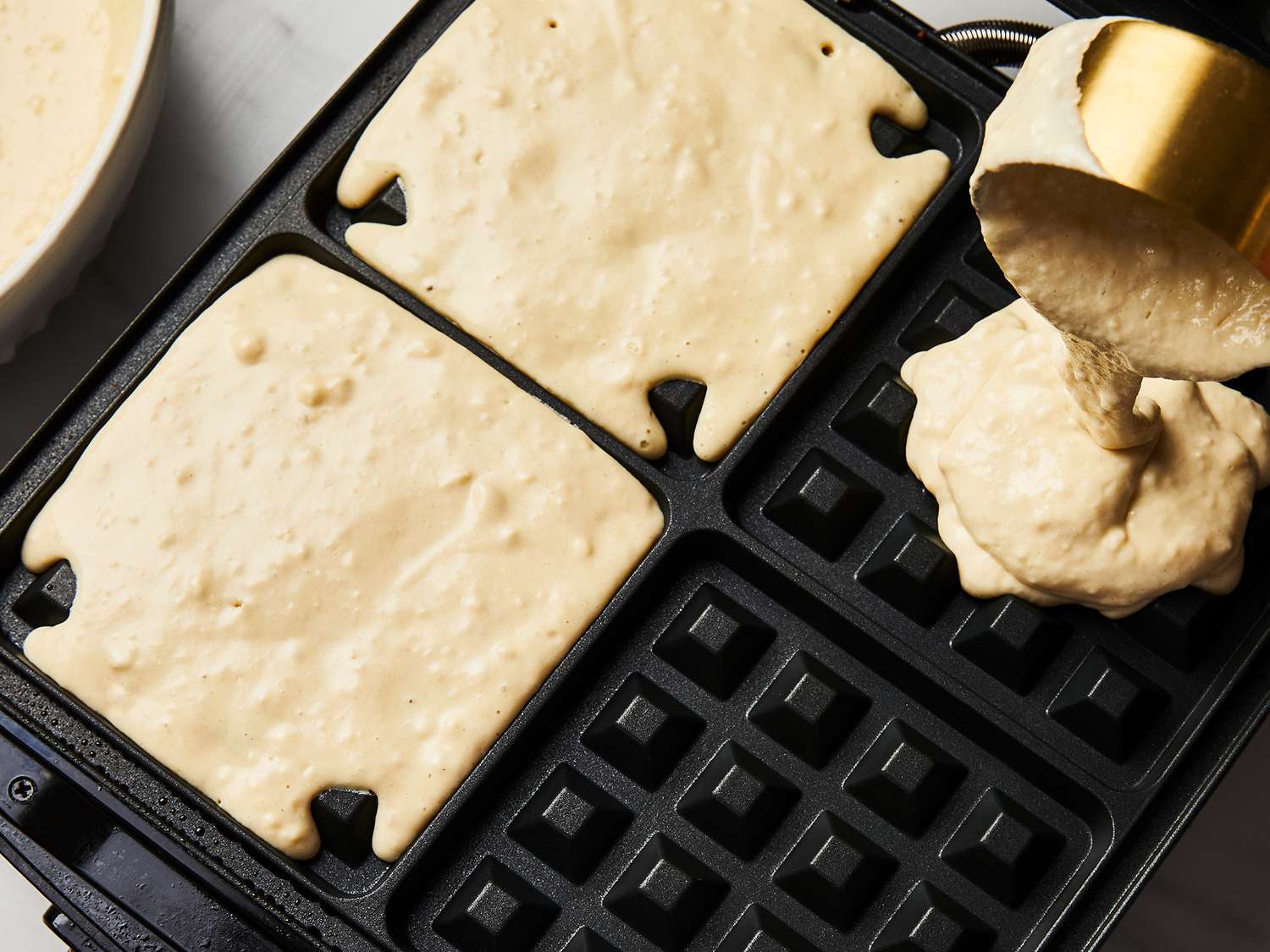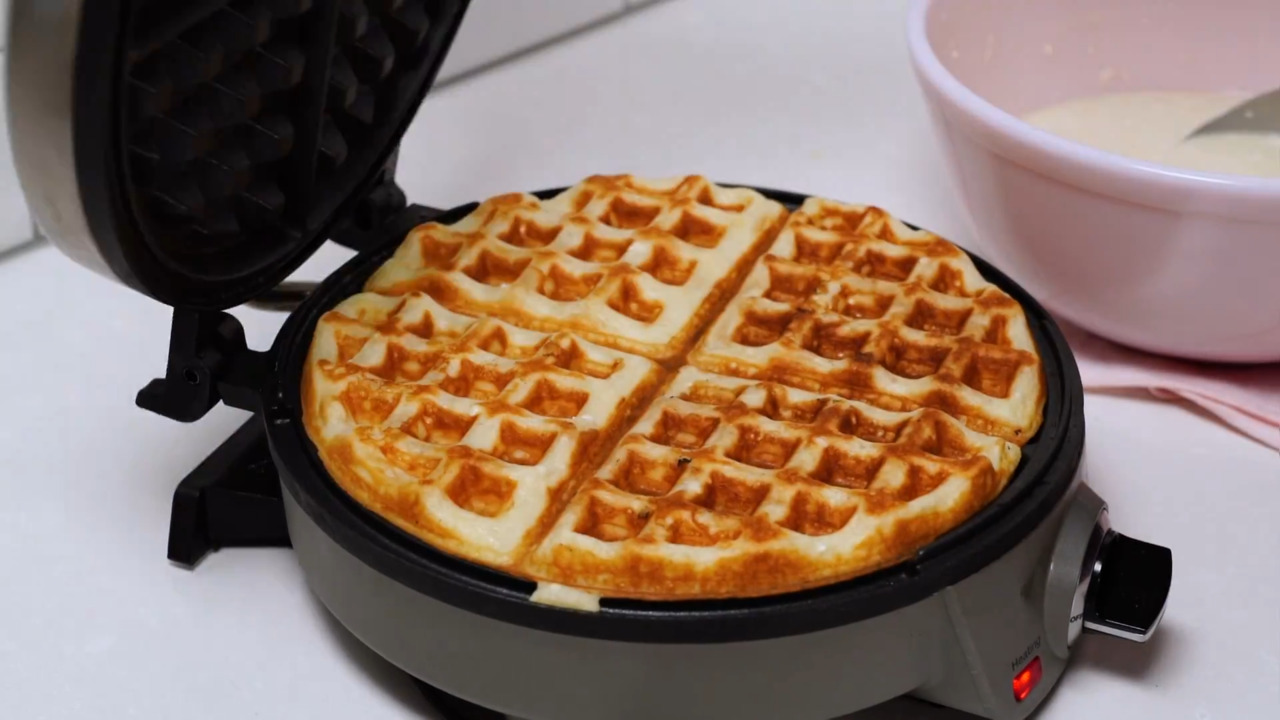Home> Cooking Tips
Master the Kitchen with these Expert Cooking Tips & Tricks!
Discover top-notch cooking tips and tricks from the experts to elevate your skills and become a master in the kitchen! Unleash your culinary creativity today.
Pressure Cooker Hacks: Replicating Traditional Cooking Methods
By: Grace Wilson • Ideas and Tips
Steaming Dumplings Without Special Equipment: Kitchen Tricks
By: Daniel Carter • Ideas and Tips
10 Things Expert Chefs Say You Should Never Put In A Slow Cooker
By: Samuel Turner • Interior Design
